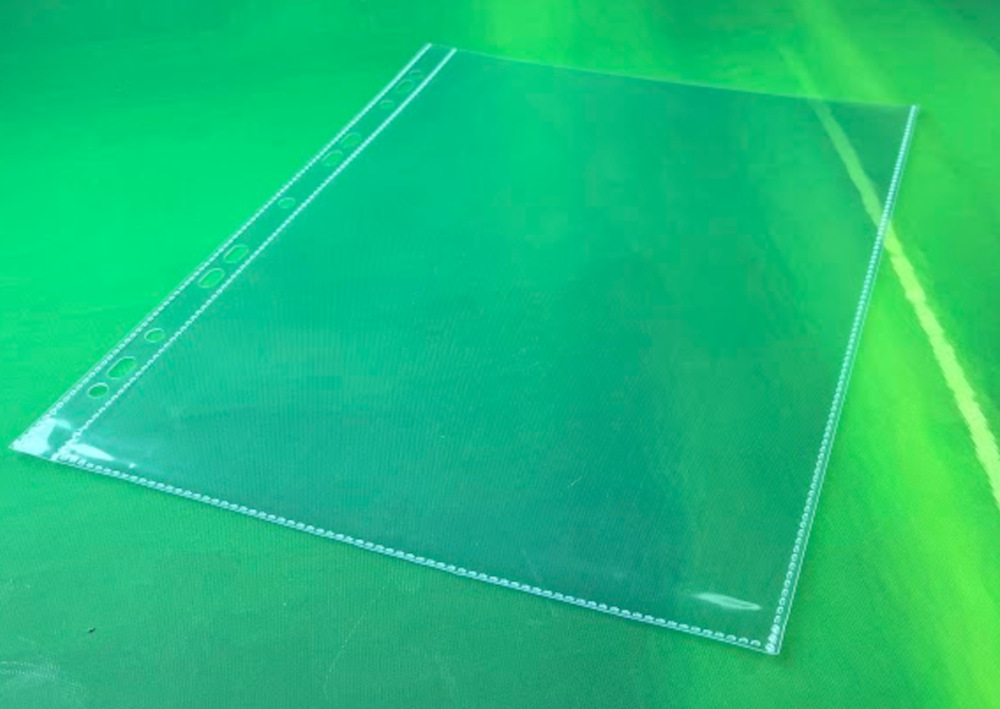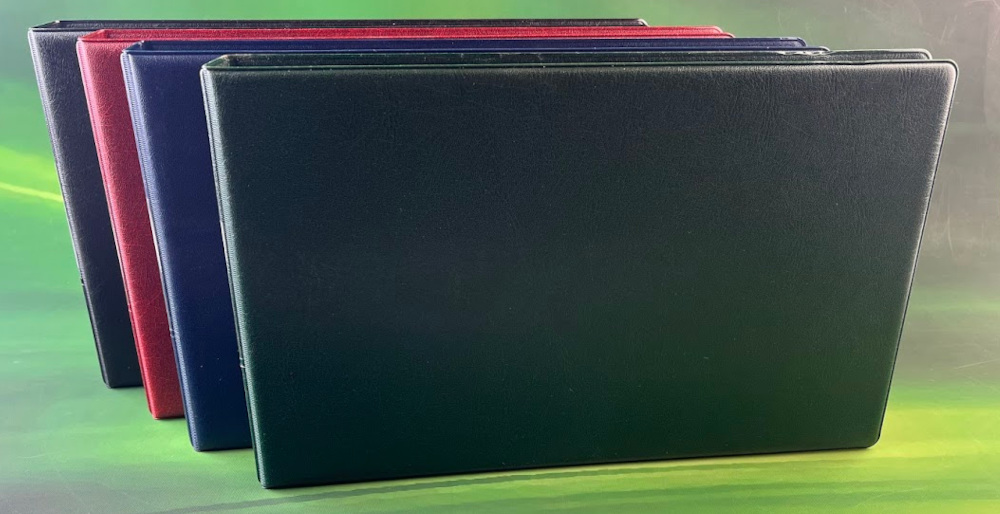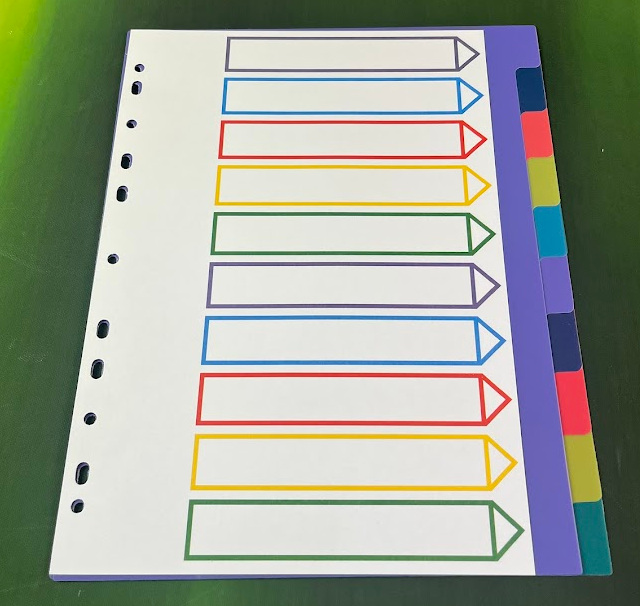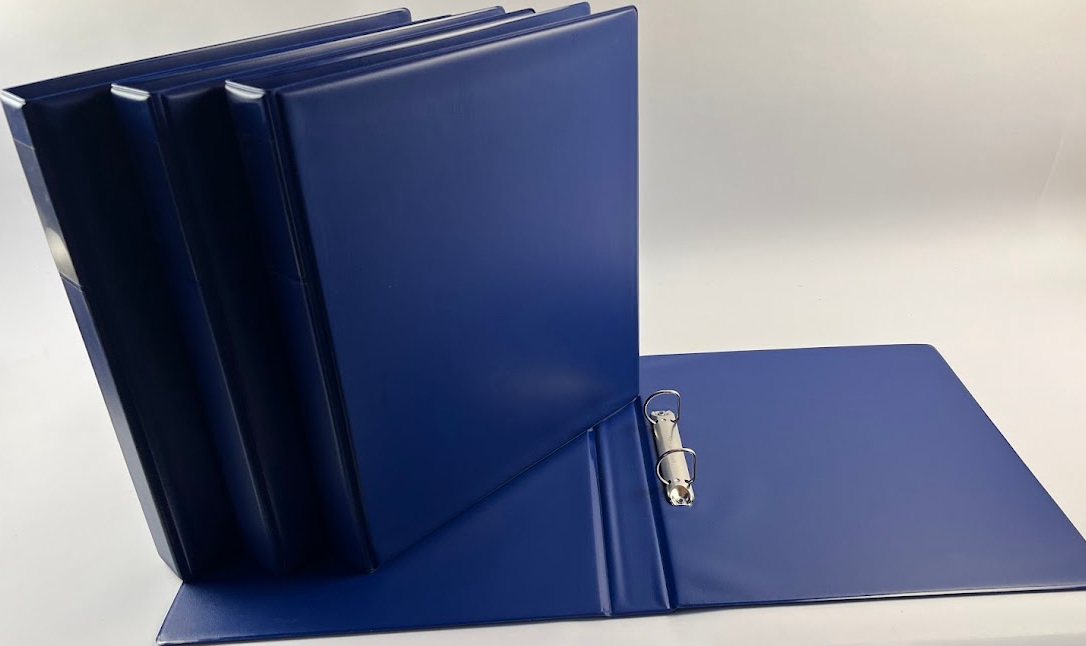Recycling Polypropylene
Can you recycle polypropylene?
Polypropylene is recyclable. It can be separated from other plastic types, melted into a liquid, cooled, and turned into pellets, then used to form new plastics. However, polypropylene loses its strength and flexibility as it goes through the recycling process. It may be mixed with new PP to improve the quality of recycled products.
PP has the plastic code number 5. You should check if your local authority recycles such plastic types before placing any polypropylene products in your domestic recycling bin. Businesses can arrange commercial collections of plastic waste and specify polypropylene to ensure it’s separated and recycled properly to avoid it ending up in landfill.
Polypropylene Recycling?
Recycling polypropylene (PP) is possible and should be done wherever possible to help protect the environment. It’s one of the most used types of plastic, both combined with other plastics and materials to create various products and as a standalone material. Many businesses use polypropylene products regularly, which are recyclable.
For more information on recycling polypropylene please visit:British Waste
How is Polypropylene Recycled?
Recycling polypropylene is harder than some other plastics and follows a few specific steps. Businesses can store PP in bins for plastic recycling with no need to separate the plastic types themselves. Then arrange collection by licensed waste carriers. They’ll transport your plastic recycling to a nearby facility for processing and recycling polypropylene following these steps:
Separating - first, all polypropylene is separated from other plastic and contaminants. Sometimes this is done through sink-float separation, as less dense PP will float, while heavier polymers sink.
Cleaning - the PP and any containers (such as bins and buckets) are then cleaned to remove contaminants. Any contamination could affect the recycling process and prevent manufacturers from using recycled plastics in new products.
Melting - separated polypropylene is heated to temperatures of around 205°C to reach its melting point. This is fed into an extruder and continuously heated until it turns into a liquid.
Cooling - the melted polypropylene is then cooled and formed into pellets, which are used by manufacturers in their production processes to create new products. The polymers lose strength and flexibility through successive recycling, so some recycled pellets may be mixed with new PP to add strength.
Why is polypropylene
recycling important?
Polypropylene recycling is important as currently only around 1 to 3% of PP is recycled in the UK. Recycling polypropylene from businesses and homes helps increase this rate and reduce the amount of plastic going to landfill. PP takes between 20 and 30 years to biodegrade, so it can remain in landfill for decades.
The additives used in the manufacturing of PP can include toxins such as cadmium and lead. These may leach when left in landfill, contaminating nearby water, land, and air, which harms local wildlife and ecosystems. Other methods of disposal like burning and incineration of PP can also release harmful vinyl chloride and dioxins.
Recycling polypropylene also uses less energy and raw materials compared to creating new PP – including oil and propane gas. Around 8% of global oil is used to make new plastic materials and products. Producing recycled plastic uses 88% less energy than forming new plastic too, so recycling PP can have a significant positive impact.







